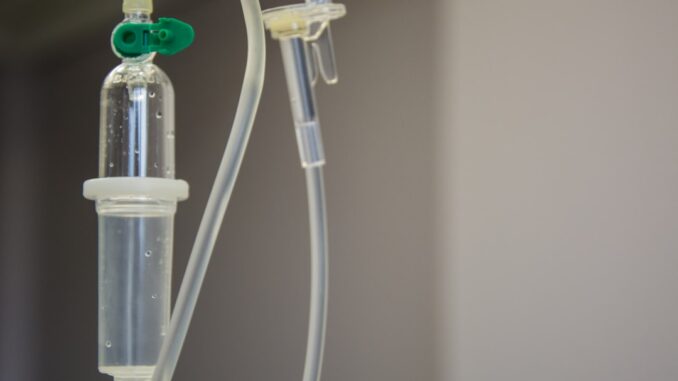
Los Angeles County is taking bold steps to reshape its addiction treatment landscape, aiming to provide more comprehensive and accessible care for its residents. With substance use disorders affecting a significant portion of the population, the county’s new strategies focus on expanding access, integrating services, and strengthening community partnerships.
Expanding Access to Treatment
A key initiative is the “Reaching the 95%” program, launched by the Department of Public Health’s Bureau of Substance Abuse Prevention and Control. This program seeks to connect the 95% of individuals who need substance use treatment but aren’t currently seeking it. By enhancing outreach and engagement efforts, the county aims to lower barriers to treatment and ensure that more residents receive the help they need.
Supervisor Lindsey P. Horvath emphasized the importance of this initiative, stating, “Substance use disorder is a pervasive and treatable disease that is sometimes visible but too often invisible in our families, in our schools, and among vulnerable youth and our unhoused community.” (lindseyhorvath.lacounty.gov)
Integrating Services for Holistic Care
Recognizing the complex nature of addiction, Los Angeles County is integrating mental health and substance use disorder treatments to provide holistic care. The Department of Mental Health runs several programs that co-locate mental health and substance abuse treatment with physical health services, aiming to address the whole person. These integrated models include the Single Adult Model and the Integrated Clinic Model, which offer comprehensive services under one roof. (dmh.lacounty.gov)
Strengthening Community Partnerships
Collaboration with community organizations is central to the county’s new approach. For instance, the Substance Treatment and Re-Entry Transition (START) program, a partnership between the Los Angeles Centers for Alcohol and Drug Abuse (L.A. CADA) and the Los Angeles County Department of Health Services, offers in-custody substance use disorder counseling, group therapy, and case management. Upon release, participants are connected to community-based treatment services, housing, and social support resources. (dhs.lacounty.gov)
Additionally, the Law Enforcement Assisted Diversion (LEAD) program diverts individuals with repeated low-level drug-related offenses to harm reduction-based case management and social services as an alternative to incarceration. This approach aims to address the root causes of substance use disorders and reduce recidivism. (publichealth.lacounty.gov)
Addressing the Opioid Crisis
In response to the opioid crisis, the county has expanded access to medication-assisted treatment (MAT) services. Tarzana Treatment Centers opened a Narcotic Treatment Program in Long Beach, providing counseling, case management, recovery support, and MAT services. This program helps patients develop healthy coping skills as they embark on the road to recovery from alcohol and drug use. (tarzanatc.org)
Ensuring Safe Consumption Practices
To prevent overdose deaths, the county has implemented harm reduction strategies, including the distribution of naloxone, a life-saving medication that reverses opioid overdoses. In 2022, Los Angeles County provided over 50,000 doses of naloxone, resulting in over 3,000 overdose reversals. These efforts aim to keep individuals alive and provide them with opportunities for recovery. (ph.lacounty.gov)
Looking Ahead
Los Angeles County’s comprehensive approach to addiction treatment reflects a commitment to addressing the multifaceted challenges of substance use disorders. By expanding access, integrating services, and fostering community partnerships, the county aims to create a more effective and compassionate system of care for all residents.
References
-
Los Angeles County Department of Public Health. (2023). Expanding Access to Substance Use Treatment in Los Angeles County Through Reaching The 95% Initiative. Retrieved from (lindseyhorvath.lacounty.gov)
-
Los Angeles County Department of Mental Health. (n.d.). Health Care Reform. Retrieved from (dmh.lacounty.gov)
-
Los Angeles County Department of Health Services. (2023). Substance Treatment and Re-Entry Transition (START). Retrieved from (dhs.lacounty.gov)
-
Los Angeles County Department of Public Health. (n.d.). Harm Reduction. Retrieved from (ph.lacounty.gov)
-
Tarzana Treatment Centers. (2023). Tarzana Treatment Centers Opens Narcotic Treatment Program in Long Beach. Retrieved from (tarzanatc.org)


Be the first to comment